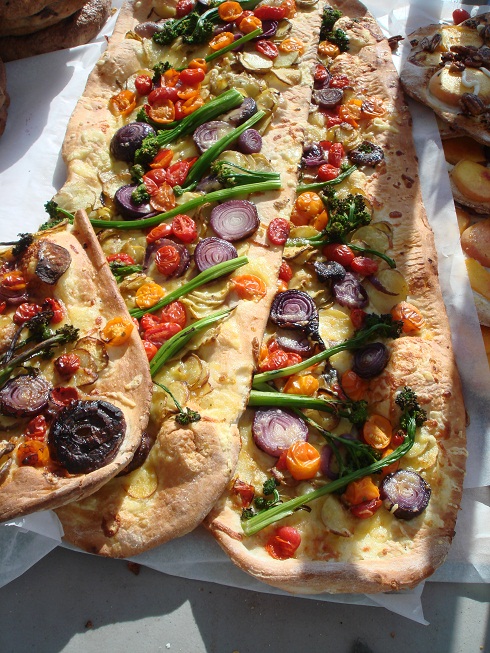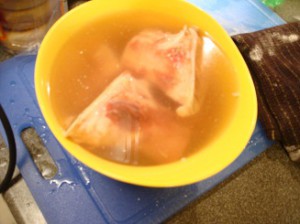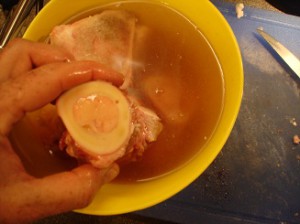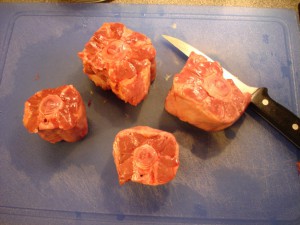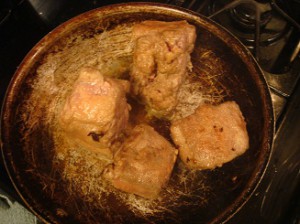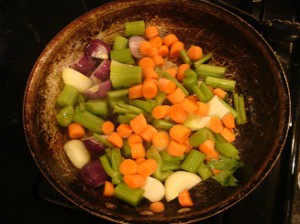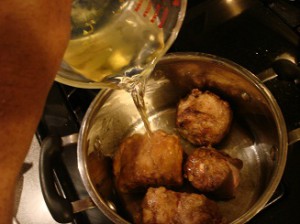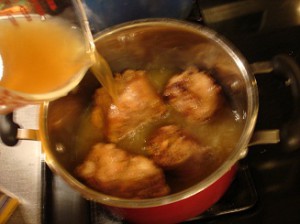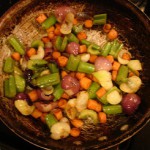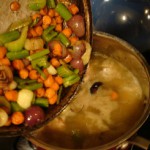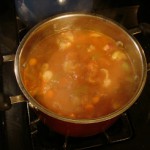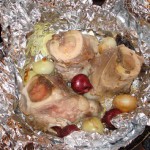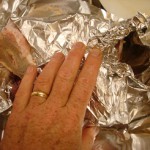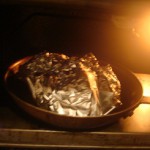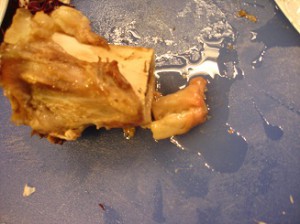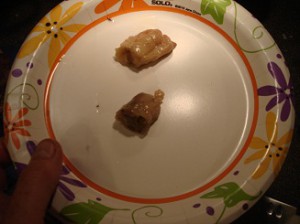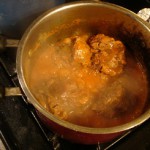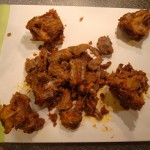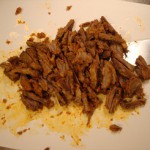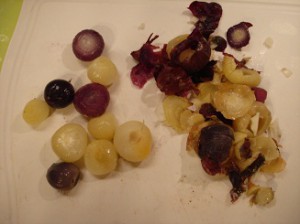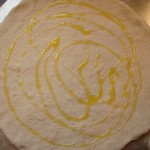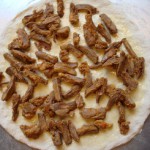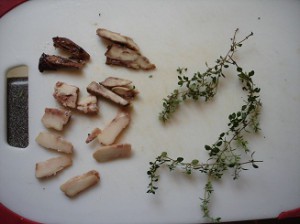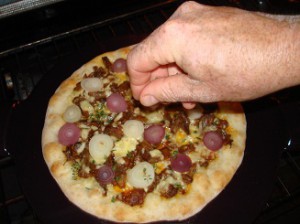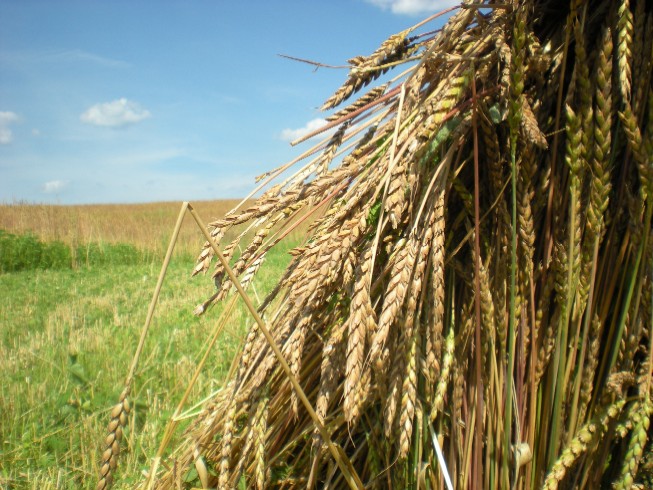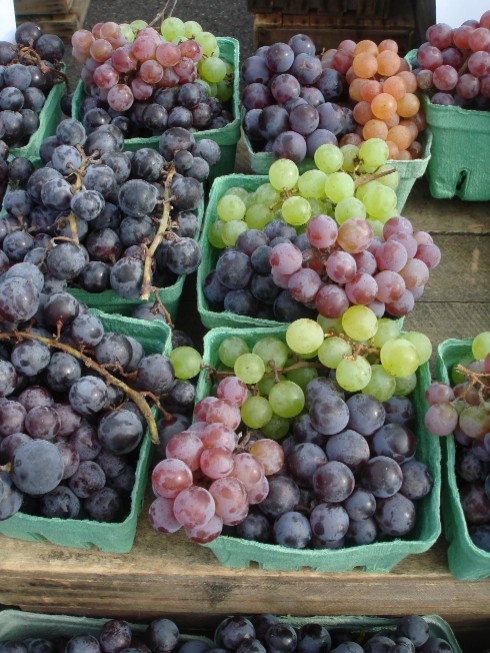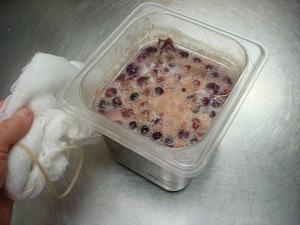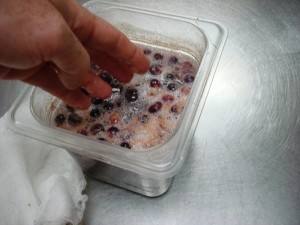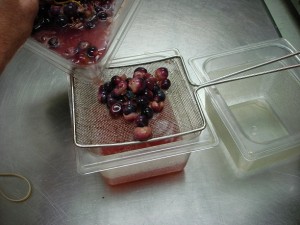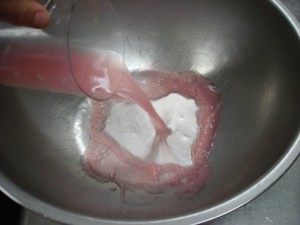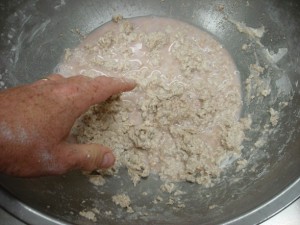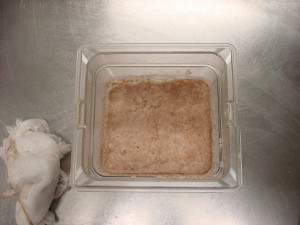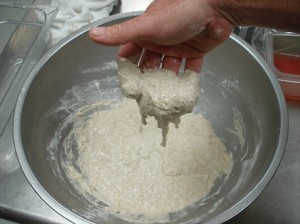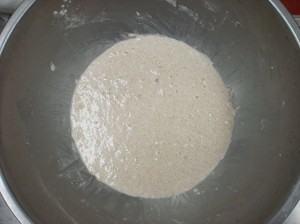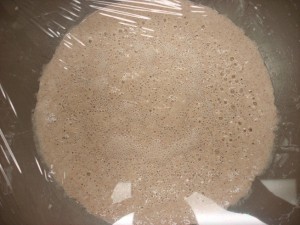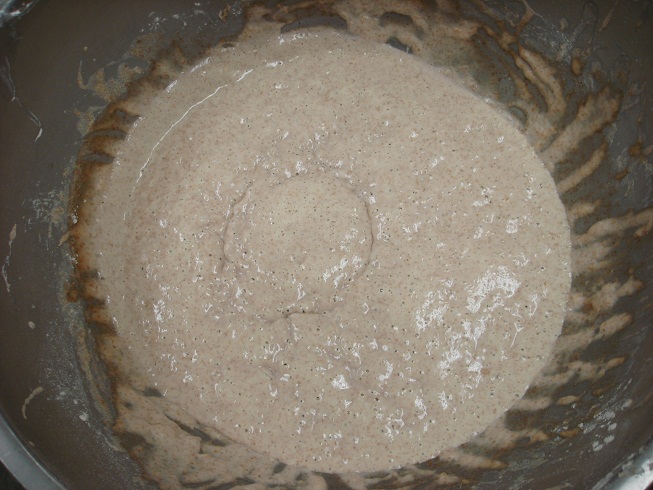There I was just two weeks ago, minding my own pizza business, and in walked my Amish friends from Chesterhill, Ohio, Joe and Verna Hirshberger. I hadn’t had time as of late to travel the 30 minutes it took to go to their farm, so I was happy to see them.
“Hello John, we brought you the cipollini onions you requested.” Joe said in a mysterious sort of way. I instantly remembered telling Joe that I could use a few of these midget onions before the spring planting season.
“Great, just put them up here.” I pointed to the counter.
“I am afraid we will need much more room than that, John,” Verna said, chuckling.
“What?” I asked, as Joe left.
“You said that you could use any cipollinis that we could grow,” Verna replied as Joe came in the door with a huge box filled with the small red and white onions.
“Holy…aaa…” I cleared my throat in embarassment and horror. Wow, you were right,” I said. “That IS a lot of onions.”
“That’s not all.” Joe said and made 3 more trips, bringing the total to 80 pounds of cipollini onions.
“Wow.” It was all I could say. In my mind, I saw myself not only peeling these, one of the biggest pain- in-the-rear vegetables, for the rest of my life, but also saw that cartoon dollar bill sprout wings and flutter away from me. “Why so many?” I asked stupidly, remembering that the Amish in Chesterhill never do anything small. Joe explained that since he buys plants in bulk, that they had to buy numerous flats of the plants.
We haggled over price and they won (they always do.) After they left, I put the onions in two 55-gallon trash bags and have been braising, sauteeing, pickling, chopping, making salsa, carmelizing and just plain swearing. The only things I haven’t done with these sweet marbles of the onion world is juicing and sous vide.
When life hands you cipollinis, just make pizza. Here is an organic and local Pizza al Taglio that we sold last week: broccoli rabe, small sunburst tomatoes, and corolla potatoes with Manchego and Gruyere cheeses.
This is why they have made it on this Oxtail Pizza with Bone Marrow. It’s just meat from the ox tail, a small heaping of Gruyere, some thyme and that’s it. I must let you know that this was the most painful pizza to make because I hobbled around the kitchen with a cast on. My doctor said that I must stay off my feet, but what does he know? Sometimes pizza must take priority.
Lets make this fabulous pie! (Please note: I am using chicken stock and white wine instead of beef stock and red wine in this recipe because do not want to contaminate any flavor nuance from the oxtails. To me, Beef stock and red wine tend to overpower a braise.)
Using the Easy Dough recipe, make two 7 ounce dough balls and freeze one for later use.
For the marrow bones: Put one quart of water with 4-5 tablespoons of kosher sea salt in a bowl. Stir to incorporatate. Soak the marrow bones to extract as much blood as possible. Change the brine when when it gets cloudy. You may have to do this 2 or 3 times and this will take approximately 20 to 25 minutes. (We will come back to these after the braising of the oxtails.)
4 nice sized oxtails (the larger they are, the more meat you will get from them)
1/2 cup flour for dredging
2 tablespoons extra virgin olive oil
1 cup diced cipollini onion
1 cup chopped celery
1 cup chopped carrot
1 cup white wine
2 cups chicken stock
2 1/2 tablespoons tomato paste
4 cups water
Put the flour on a plate and add the salt and pepper, mix well. Dredge each oxtail in the flour, coating all. In a saute pan, heat 1 tablespoon olive oil on high heat. Just before the oil smokes, addthe oxtails. Turn to brown on all sides. Put the oxtail in a medium stockpot.
Pour the remaining 1 tablespoon of olive oil into the hot saute pan. Add the onion, celery and carrot. Turn the heat to medium. Turn the stockpot on high. When the oxtails start to sizzle, add the white wine and simmer for 4 minutes. Add the chicken stock to the oxtails and bring to a boil for 2 minutes.
When the vegetables have sweated sufficiently, (they will be limp but still colorful), add them to the stockpot, then add the water. Turn the stockpot heat to high. Add the tomato paste and stir. As soon as the mix comes to a boil, turn to low and simmer. Cover and simmer for 2 hours until the meat is falling off the bone.
Back to the bone marrow.
Pre-heat oven to 35o degrees F. Take the bones out of the brine and place on a peice of foil. Add the cipollini onions to add fragrance to the marrow. Fold the foil up and place in the oven on the same saute pan you used before. Cook for 30 minutes and take out immediately. (Note: Do not overcook the bones. You will know they are overcooked when the marrow turns to liquid-oops!)
When the bones have cooled, use a thin sharp knife to gently scrape the marrow out of the bone. You can also press the marrow out from other end of the pipe. This is a delecate process, so take your time. Put on a plate and place in the fridge to harden.
When the oxtail braise has sufficiently reduced and the meat is falling off the bone, take the tails out of what is left of the broth. (Strain the broth and season for a great soup for lunch.) Pick the meat off the bones, taking care to avoid any extraneous cartilage. Cut the meat with the grain into small matchsticks and reserve for the pizza.
Take the skin off of the cipollinis and cut them in half.
To make the pizza:
1 7-ounce dough ball, formed into a disc
1 teaspoon extra virgin olive oil
Oxtail braised meat
1 cup Gruyere cheese
10 medium cipollini onions, sliced and roasted
Bone marrow that has been sliced lengthwise
1 tablespoon fresh thyme
Put the olive oil on the pizza dough and rub onto the inner part of the disc, not the outside crust. Place the oxtail meat, then the Gruyere, then the onions on the dough. Place in the oven, using a pizza peel dusted with semolina or cornmeal. Place on a pre-heated pizza stone or upturned, heavy cookie sheet. Here I used an Emile-Henry pizza stone that I had placed in the oven and preheated.
As soon as the pizza starts to turn golden brown, sprinkle the top with the fresh thyme and the marrow. If you put the marrow on too soon, it will turn to liquid. Cook until the marrow starts to warm.
This is the most spectacular pizza you’ll ever taste. It is worth the trouble.


